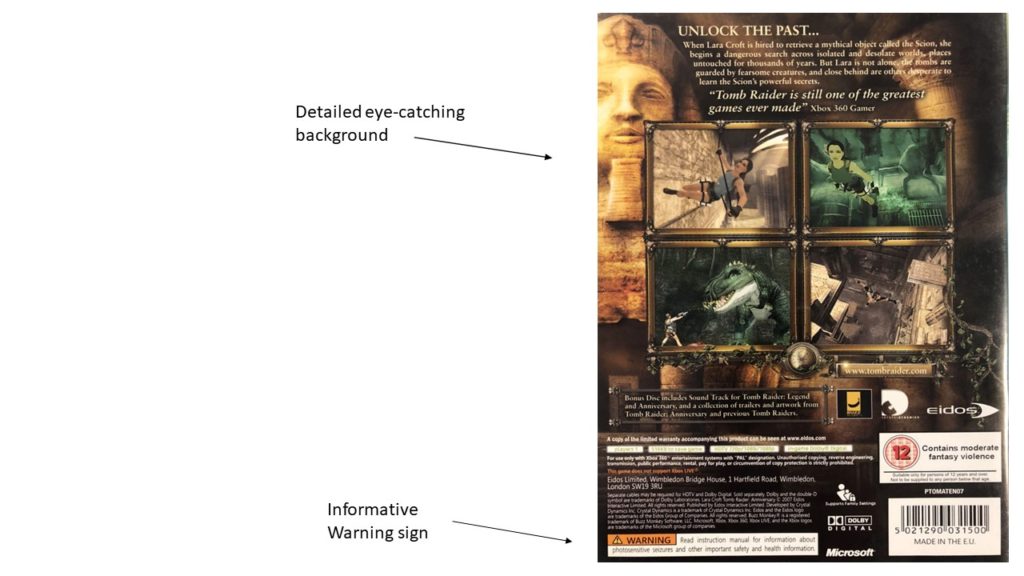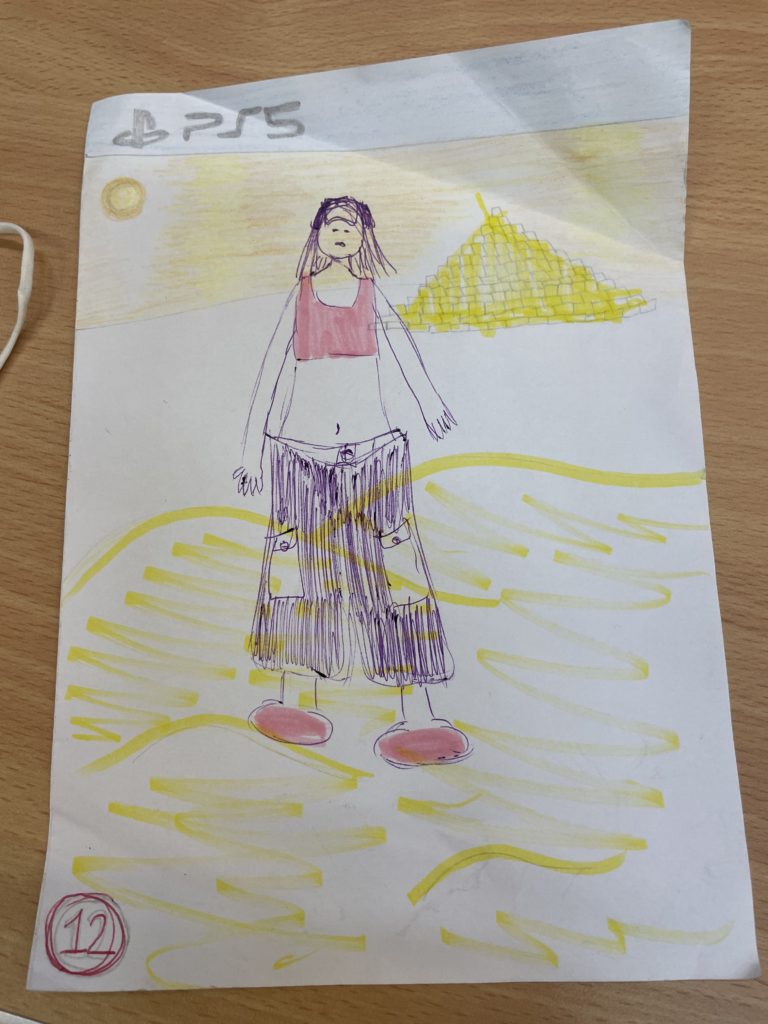Monthly Archives: October 2021
Filters

statement of intent summer
- Statement of intent
My interview is about my grandmother who goes swimming every day in the sea and has done for years and the aim of this interview was to tell people about what it is like and the benefits to your health and other things including the community and a healthy habit. It is also to try get other people involved and starting to swim there self as she feels there are no negative effects and is such a good thing for you to start.
How did it follow style model? –
I feel that I followed my style model well by using similar colours to the magazine like text and hard lines and other design features I also copied the layout off size of paragraphs and placement and size of images as I really liked the design of my chosen style model and felt it looked good so tried to copy its design to be exactly like it, I feel like I could have done better the text itself and its size and font
Representation / content –
I feel that I represented my grandmother as a counter typical grandmother in a good healthy way so I feel it can be read and you will see something you don’t hear every day about grandmothers something they normally wouldn’t all do I wouldn’t say it is so radical no one would believe but just not as common as some things
What kind of company would make your product? –
I think that potentially a swimming magazine or fitness kind of magazine could produce this in order to show people who have access to the sea to start swimming more often maybe aimed at slightly older people or adults who have the time and transport to do this but it could really be for all ages
Cs pierce 3 x 3 media banner
Iconic sign:
- Television
- Phone
- Camera
Indexical sign:
- Microphone – News
- Speech bubble – Text messages
- Blue circle – internet
Symbolic sign:
- A line
- M
- Blue/light pink
Representation
| Male Gaze | the idea of how men view, sexualise and objectify women |
| Voyeurism | getting sexual pleasure from watching others when they are naked or engaged in sexual activity |
| Patriarchy | a system of society in which men hold the power and women are a small part |
| Positive and Negative Stereotypes | traits and characteristics, good and bad, attributed to certain social groups and to its individual members |
| Counter-Types | a positive stereotype that emphasizes the positive traits and characteristics about a person |
| Misrepresentation | |
| Selective Representation | only representing some events, based on importance and viewer preference |
| Dominant Ideology | the ideas and attitudes of the highest class in a society |
| Constructed Reality | |
| Hegemony | leadership or dominance by one social group over others |
| Audience Positioning | how an audience responds to specific media |
| Fluidity of Identity | being able to change how you see yourself, the world, and your actions |
| Constructed Identity | |
| Negotiated Identity | |
| Collective Identity | how people place themselves within certain categories such as race, gender or nationality |
Wider Reading
Leveling Up Representation:
– “As technology advanced, Black and other characters of colour became more prevalent, even if most often confined to the fighting genre. And stereotypes were not limited to African Americans; Latinx characters have often been portrayed as gangbangers and drug dealers.”
– “Developers need to consider not only showcasing meaningful diversity in terms of people of colour, but also including people from other marginalized communities, such as the LGBTQIA+ community and the disabled community, in ways that don’t dehumanize them or try to “fix” them.”
Why Diversity Matters:
– “The industry traditionally projects an image that is young, white, straight and male, but there is growing understanding that – if only for the sake of releasing more interesting products – this has to change.”
– “The argument that it’s not the gender, ethnicity or physical abilities of a character that are important, but whether they’re written well and fun to play, is easier to make if you’re already being comfortably represented.”
Sketch design
8 quotes
“Only solutions to kill the damsel to protect her”
”Young, white, straight male”
“The Damsel in Distress predates the invention of video games by several thousand years”
“As a girl growing up playing games I was always like, why do I have to play as a boy?”
“Most games feature white protagonists”
”Make them exude sexuality for the entertainment of the presumed straight male player.”
“Only solutions to kill the damsel to protect her”
“The gruesome death of women for shock value is especially prevalent in modern gaming”
key terms definitions
- Male gaze- the perspective of a notionally typical heterosexual man considered as embodied in the audience or intended audience for films and other visual media, characterized by a tendency to objectify or sexualize women.
- Voyeurism-the practice of gaining sexual pleasure from watching others when they are naked or engaged in sexual activity.
- Patriarchy- male dominated society
- Positive and negative stereotypes-a positive stereotype refers to a subjectively favourable belief held about a social group.postulated that because negative stereotypes represent negative expectations about the out-group
- Counter-types– is a positive stereotype and emphasizes the positive features about a person
- Misrepresentation-the action or offence of giving a false or misleading account of the nature of something.
- Selective representation-when some groups of people are represented more in government than others.
- Dominant ideology-the ideas, attitudes, values, beliefs, and culture of the ruling class in a society; usually also the function of these in validating the status quo.
- Constructed reality– That we construct and create our own reality and what we do affects the reality we’ve constructed
- Hegemony-leadership or dominance, especially by one state or social group over others
- Audience positioning– Audience positioning refers to the techniques used by the creator of a text to try to get the audience to understand the ideology of the text
- Fluidity of identity-having the ability to change how you see yourself, the world, and your actions
- Constructed identity-process in which humans develop a clear and unique view of themselves and of their identity
- Negotiated identity– identity negotiation refers to the processes through which people reach agreements regarding “who is who” in their relationships
- Collective identity-the shared definition of a group that derives from its members’ common interests, experiences, and solidarities then place them within certain social categories such as ethnicity, nationality, or gender




